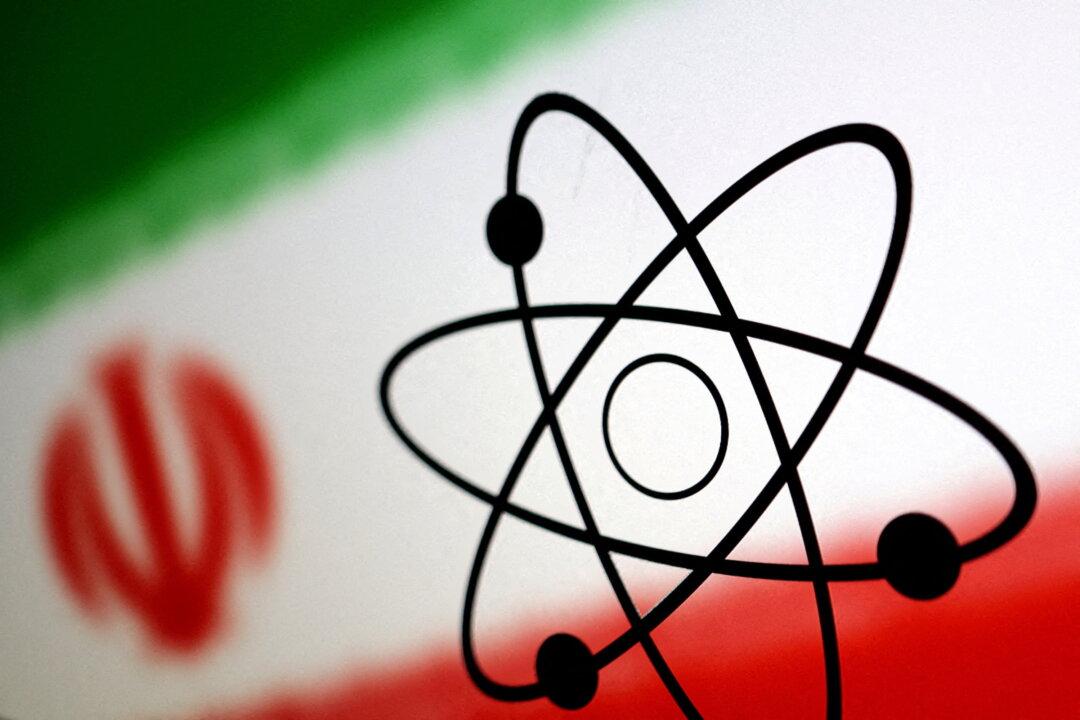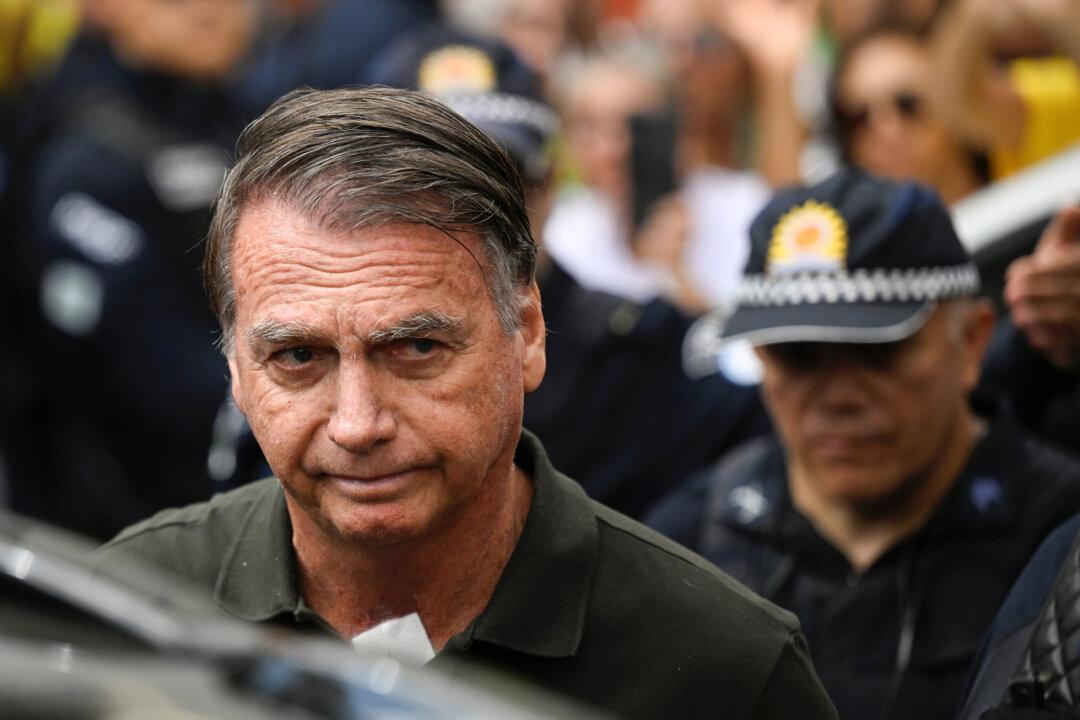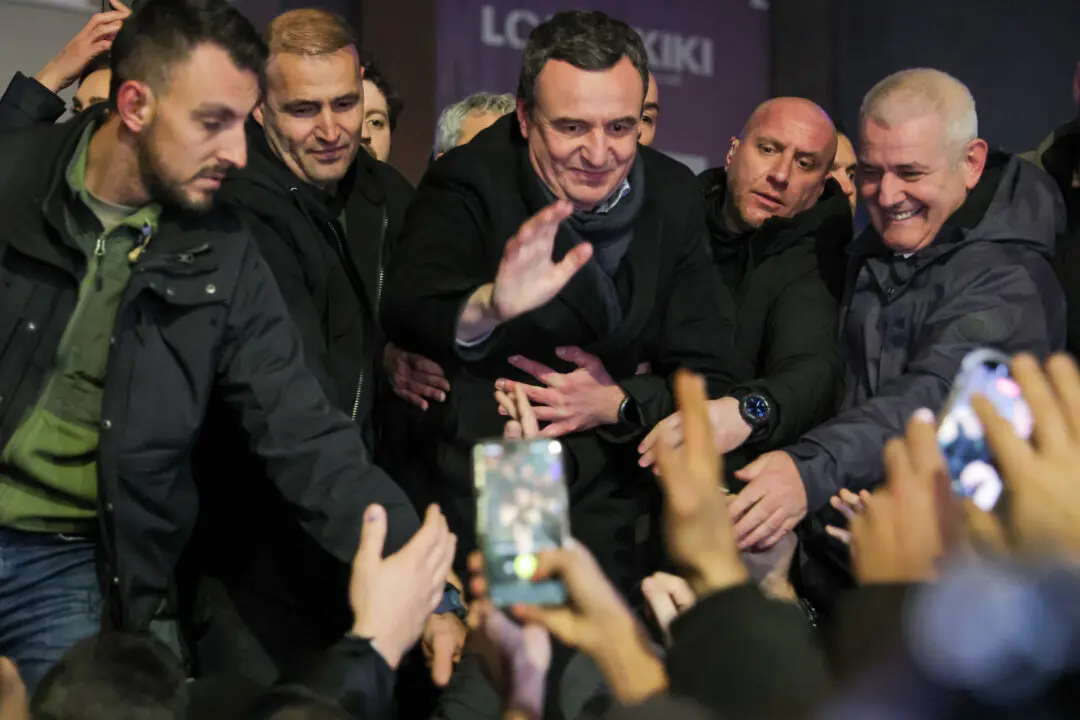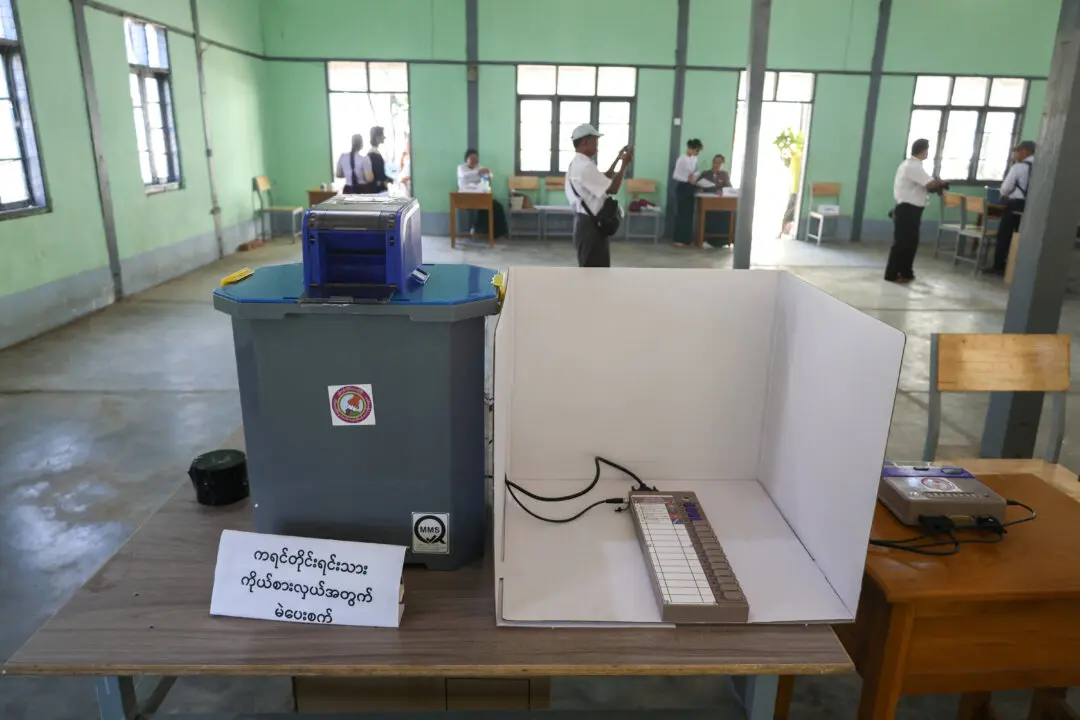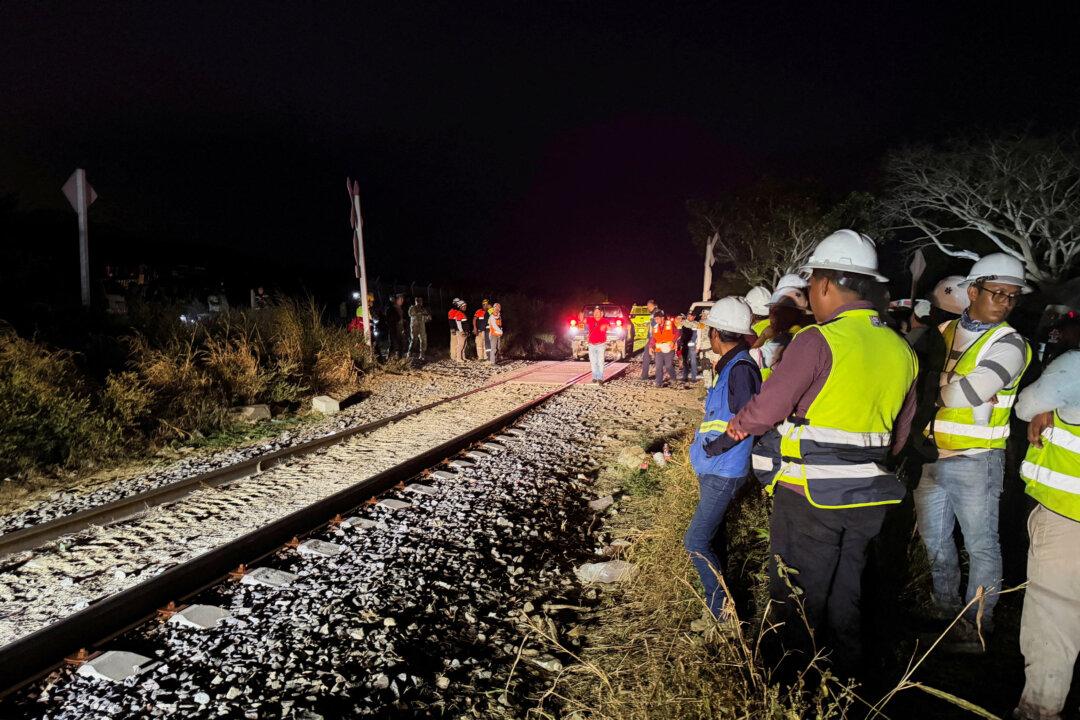VIENNA—The Iranian regime is pressing ahead with its rollout of an upgrade to its advanced uranium enrichment programme, a report by the U.N. nuclear watchdog seen by Reuters on Monday showed, even as the West awaits Tehran’s response on salvaging its 2015 nuclear deal.
The first of three cascades, or clusters, of advanced IR-6 centrifuges recently installed at the underground Fuel Enrichment Plant (FEP) at Natanz is now enriching, the report said, the latest underground site at which the advanced machines have come onstream.
